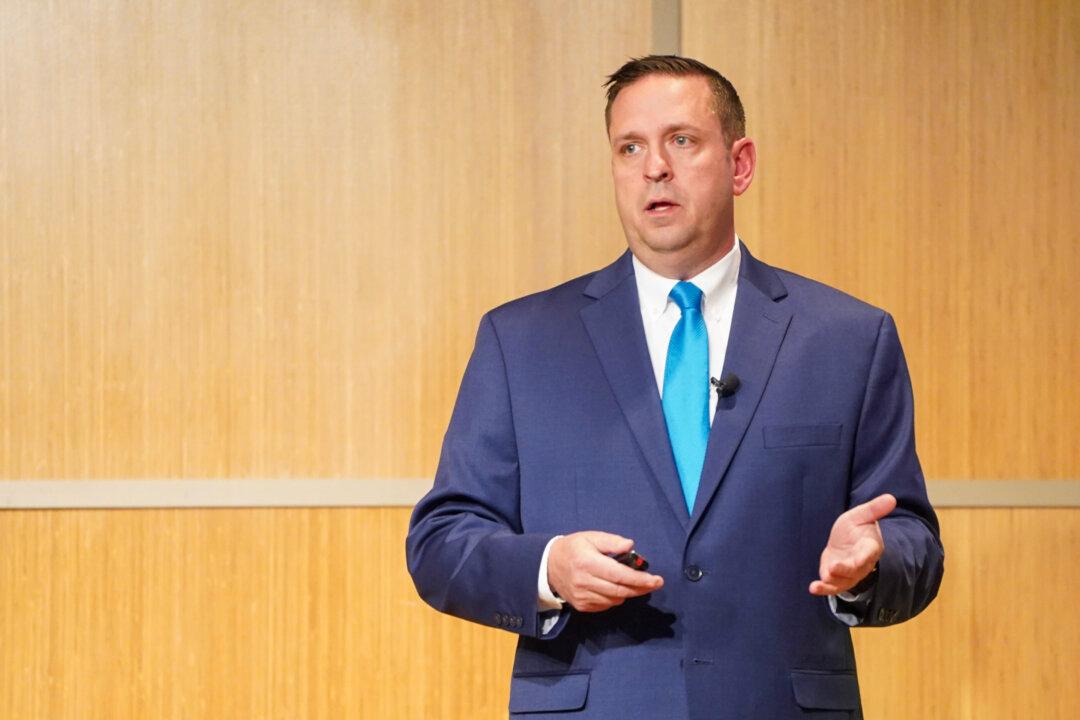Local officials and field experts discussed the merits of pairing police with mental health professionals on calls involving emotionally disturbed people, at a forum in the Town of Wallkill on Oct. 5.
The forum was sponsored by the Town of Wallkill Police Community Council, a citizens’ body that serves as a liaison between the police department and town residents.





